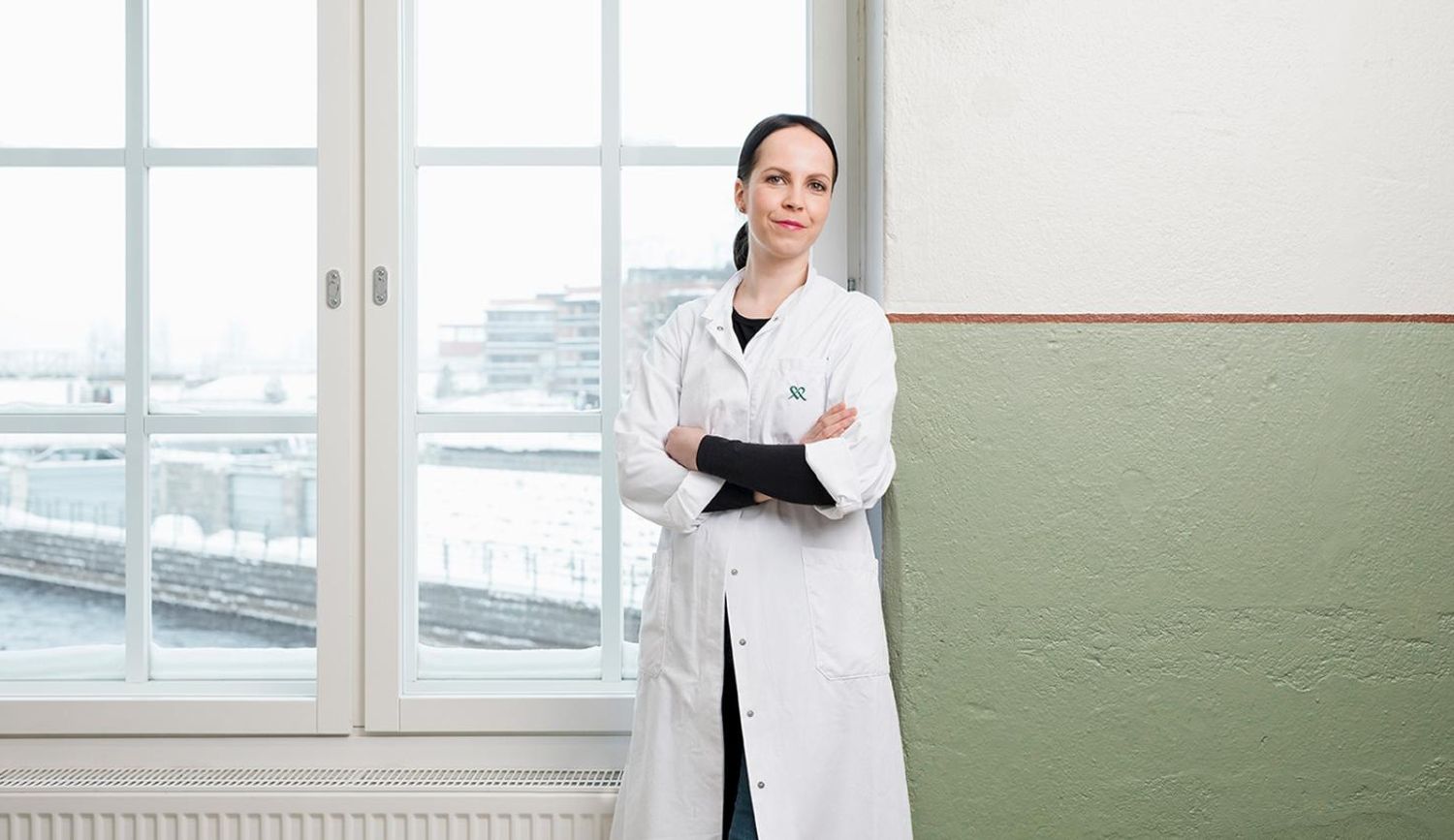

Disability pension and work ability
Disability pension can be granted to people under the age of 63 whose work ability has substantially declined for at least 12 months due to illness. Disability pension starts at the end of the sickness allowance period, in other words about one year after the start of the disability if the person is still disabled and the other requirements for granting disability pension are fulfilled.
Permanent or fixed-term disability pension
Disability pension can be granted until further notice or for a fixed term. Fixed-term disability pension is called rehabilitation subsidy and it is granted in situations where treatment and rehabilitation are estimated to restore the person’s ability to work. Partial disability pension is considered when the person is still able to work and part-time work is possible. It amounts to 50% of the full disability pension.
Reasons for disability pension
The most common reasons for disability pension are mental disorders and diseases of the musculoskeletal, nervous and circulatory system. Since the year 2000, mental disorders have been the most common reason for disability.
Evaluation of work ability in occupational health care
The evaluation and support of work ability is one of the specialties of occupational health care services. In addition to the occupational health doctor and nurse, the activities are attended by the necessary experts, such as an occupational physiotherapist, occupational psychologist, social services expert and specialists such as psychiatrist, orthopaedist or physiatrist. However, the occupational health physician is always responsible for the overall evaluation and conclusions.
When to apply for disability pension
Disability pension is always the final option. When a person’s ability to work is declining, occupational health care services start early evaluations on the need for treatment and rehabilitation as well as various options for supporting and restoring work ability. After that, professional rehabilitation is considered. In practice, before applying for disability pension, occupational health care services cooperate with the employee and employer to find out whether the current work could be adjusted according to the employee’s needs or whether the current or a different employer would be able to offer work more suited to the employee’s health, for example. The employee can try out the adjusted or new work in a trial period of 3–6 months where the goal is to find a full-time job suited for their state of health. Other means of professional rehabilitation include retraining.
If professional rehabilitation does not enable the employee to continue working, occupational health care services will discuss the possibility of applying for partial or full disability pension with the customer. If the parties agree to apply for pension, the occupational health physician prepares a B statement describing the illnesses and their treatment, key findings, functional capability, options of treatment and rehabilitation, work history, work ability and its prognosis.
Applying for disability pension
Employees usually apply for disability pension from their pension company. The customer always personally applies for disability pension using the shared form of Kela and the Finnish Centre for Pensions. Learn more on the finnish Kela websiteExternal link.
Before preparing the statement, occupational health care services assess whether the grounds for disability pension are fulfilled and analyse whether the remaining work ability would enable the person to engage in other type of work. After this, the occupational health physician prepares the B statement. Occupational health care services can also help the customer fill in the pension application. The Finnish Centre for Pensions always requires a statement from the employer for the disability pension decision. For more information on applying for pension and its amount, please contact your pension company.
Applying for partial disability pension
Partial disability pension is applied for in the same manner as disability pension. People whose work ability has declined by at least 2/5, in other words people whose remaining work ability is 60% or less, can apply for partial disability pension. Partial disability pension has become increasingly common over the past few years.
The expert consulted for this text was Occupational Health Care Specialist Annika Jalli.
